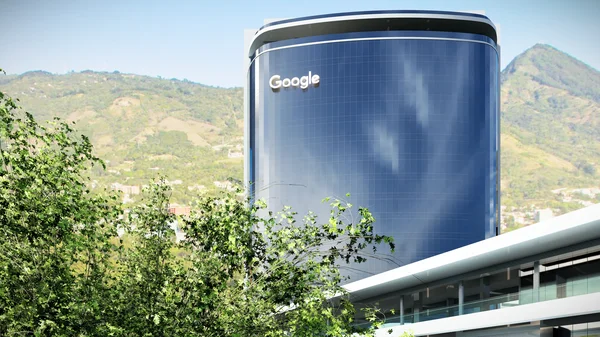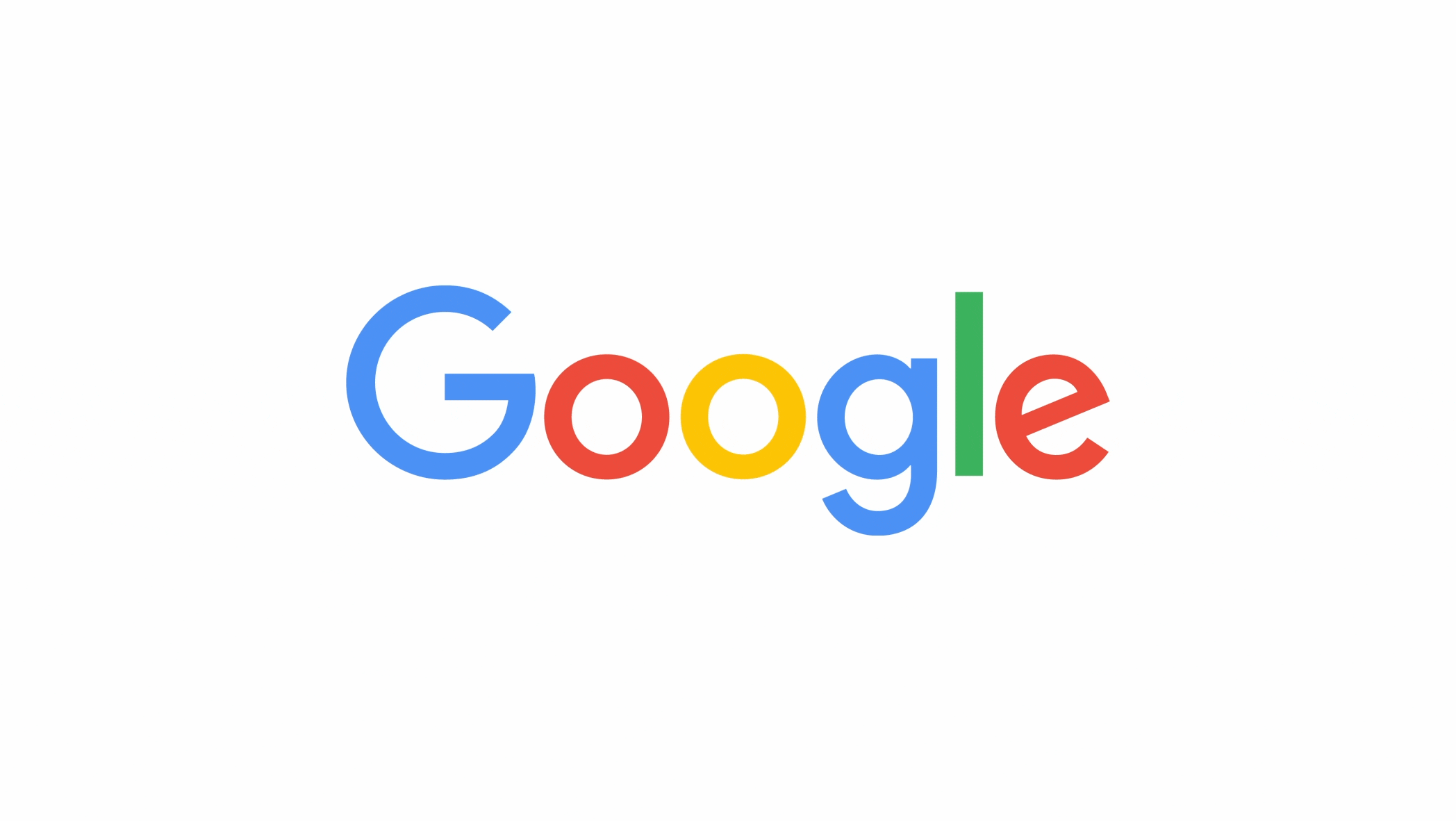 We’re partnering with Team USA and NBCUniversal to showcase our features in NBCU’s coverage of the Olympics and Paralympics.
We’re partnering with Team USA and NBCUniversal to showcase our features in NBCU’s coverage of the Olympics and Paralympics.
4 ways Google will show up in NBCUniversal’s Olympic Games Paris 2024 coverage
 We’re partnering with Team USA and NBCUniversal to showcase our features in NBCU’s coverage of the Olympics and Paralympics.
We’re partnering with Team USA and NBCUniversal to showcase our features in NBCU’s coverage of the Olympics and Paralympics.
 We’re announcing the opening of our new office in El Salvador and sharing the progress we have made in supporting digital transformation.
We’re announcing the opening of our new office in El Salvador and sharing the progress we have made in supporting digital transformation.
 We opened the Google Visitor Experience in Mountain View that offers new spaces for the community and visitors, including a Google Store.
We opened the Google Visitor Experience in Mountain View that offers new spaces for the community and visitors, including a Google Store.
 For our 25th birthday, we’re looking at Google by the numbers — 25 of them, to be exact.
For our 25th birthday, we’re looking at Google by the numbers — 25 of them, to be exact.
 Por el cumpleaños 25 de Google, estamos celebrando junto a nuestros usuarios con un Doodle especial y algunas sorpresas en Search.
Por el cumpleaños 25 de Google, estamos celebrando junto a nuestros usuarios con un Doodle especial y algunas sorpresas en Search.